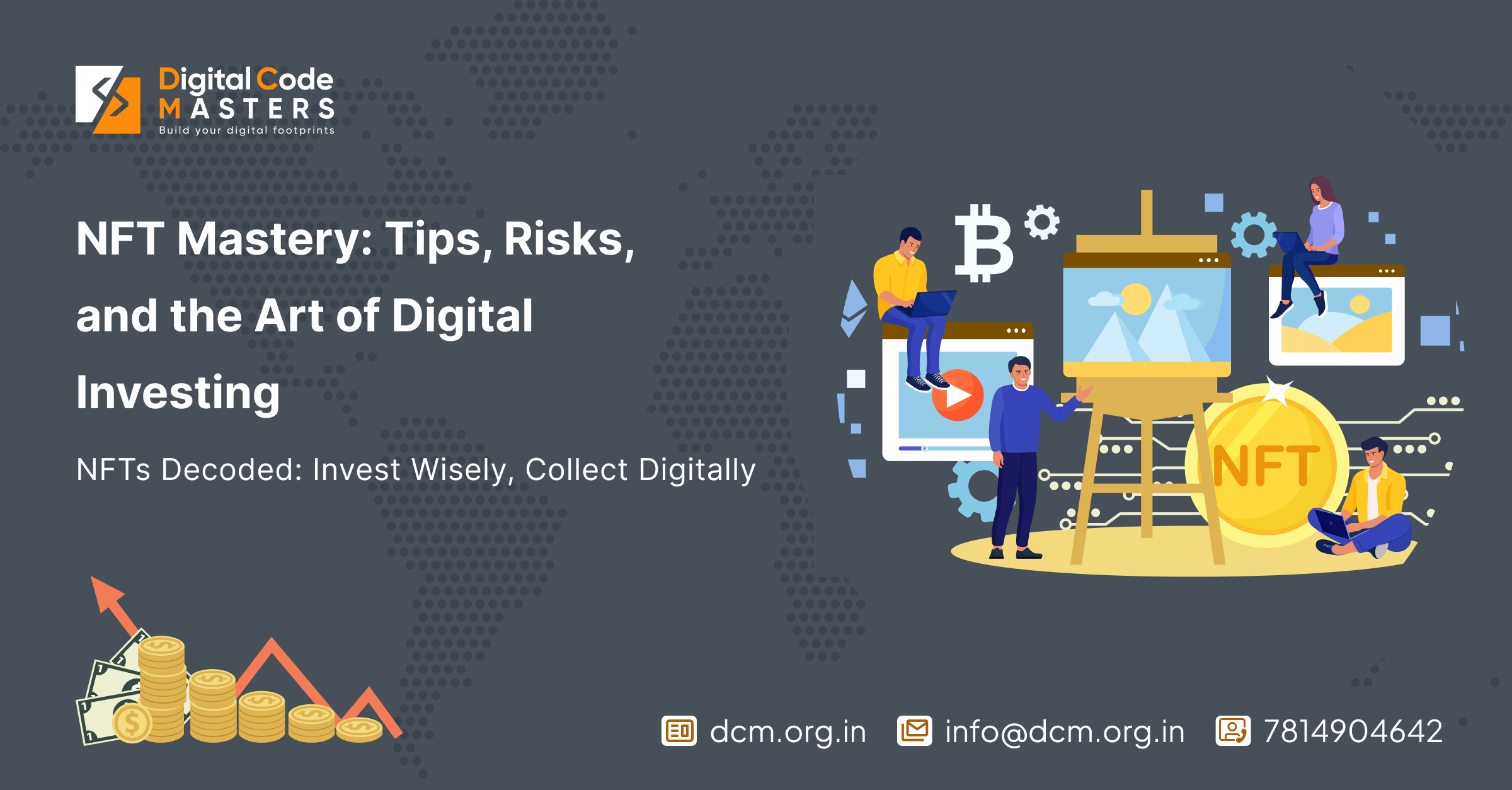
Introduction
Welcome to the ultimate handbook on token development on Polygon! In this blog post, we will explore the ins and outs of token development on the Polygon network, covering everything from the basics to advanced concepts. Whether you are a beginner or an experienced developer, this guide is designed to help you navigate the world of token development on Polygon with ease.
What is Polygon?
Polygon is a layer 2 scaling solution for Ethereum that aims to address the network’s scalability issues. It provides a framework for building and connecting Ethereum-compatible blockchains, allowing for faster and cheaper transactions compared to the Ethereum mainnet. With its growing ecosystem and vibrant community, Polygon has become an attractive platform for developers looking to deploy their decentralized applications (dApps) and tokens.
Token Development on Polygon
Token development on Polygon is similar to token development on Ethereum, but with some key differences. Here are the main steps involved in developing a token on Polygon:
- Define Token Specifications: The first step in token development is to define the specifications of your token, including its name, symbol, total supply, and any additional features or functionalities you want to include.
- Choose the Right Development Tools: There are several development tools available for token development on Polygon, such as Remix, Truffle, and Hardhat. Choose the tool that best suits your needs and preferences.
- Write Smart Contract Code: Once you have chosen your development tool, you can start writing the smart contract code for your token. This code will define the logic and behavior of your token.
- Test and Deploy: After writing the smart contract code, it is important to thoroughly test it to ensure its functionality and security. Once you are confident in your code, you can deploy the token contract on the Polygon network.
- Interact with the Token: Once your token is deployed, you can start interacting with it. This includes minting new tokens, transferring tokens between addresses, and implementing any additional functionalities you have defined.
Advanced Concepts
Token development on Polygon also offers a range of advanced concepts and features to explore. Some of these include:
- DeFi Integration: You can integrate your token with various decentralized finance (DeFi) protocols on Polygon, such as lending platforms, decentralized exchanges, and yield farming protocols.
- NFT Development: Polygon is a popular platform for NFT (non-fungible token) development, allowing you to create unique digital assets and marketplaces.
- Layer 2 Solutions: Polygon offers layer 2 solutions, such as Plasma and Optimistic Rollups, which can further enhance the scalability and performance of your token.
Conclusion
Token development on Polygon opens up a world of possibilities for developers. Whether you are building a simple utility token or a complex decentralized application, Polygon provides the tools and infrastructure to bring your ideas to life. With its low fees, fast transactions, and growing ecosystem, Polygon is a platform worth exploring for token development.




